Wedding Banquet Meals Around The World (Slideshow)
In this centuries old tradition, the mother of the bride or groom breaks a loaf of sourdough bread above the couple's heads (usually at the entrance of their home before they enter as the receptions are often held there). It represents the newlyweds ability to weather any of life's challenges and build a strong home and family as equals. The saying "to break bread," is believed to have come from this Greek wedding tradition.
Mexico
Goat meat is popular in Mexican cooking and there are many legends and traditions involving goats and goat meat in Mexican culture and history. For weddings, a goat meat dish called birria is purported to have magical aphrodisiac qualities — it's served to bride and groom to help them along in building a large family. Sometimes lamb, pork, or beef is used instead of goat, but the meat is always cooked traditionally: In a hole in the ground filled with hot rocks, coals, and a clay pot (which is lined with maguey leaves and the meat). It's then left to roast for several hours on the wedding day.
Morocco
Tradition and ceremony is an important feature of a Moroccan wedding. Right from the start, as guests enter, they are welcomed with a tiny glass of milk and a handful of dates: the former represents happiness and safety and the latter stands for a sweet and smooth life. Dinner involves a pigeon pie, lamb with roasted almonds, and hard-boiled eggs or chicken mqualli with olives and preserved lemon. Moroccan weddings are elaborate community affairs, which are equal parts celebration and a statement of status.
Philippines
Filipinos are quite literal with their wedding foods: Do you want a sweet marriage? Then serve sugary leche flan and macapuno for dessert. If a bride and groom offer their guests delicacies such as bibingka (a gooey coconut treat) or suman (a sticky rice cake wrapped in coconut leaves), they'll be forever "glued" together. You also might dine on a roasted whole pig (lechon) which symbolizes prosperity and abundance for the couple.
England
Fruitcake: It's not just for Christmas! As a matter of fact, in England, it's a must-serve at weddings, too. Tradition dictates that the top layer of a wedding cake be saved for the first anniversary, and back when freezers weren't readily available as a preservation option, fruitcake became the dessert of choice when people discovered how long the dense, liquor-soaked treat would last on its own.
Sweden
Swedish weddings are resplendent with a variety of sweet treats, many made from cloudberries but the dessert highlight is undoubtedly a princess cake! Before Carl XVI Gustaf, the reigning king of Sweden was born, the royal family had only daughters, four princesses, and no male heir. To honor the girls, the royal confectioner created a special "princess cake" just for them. Also known as a Prinsesstårta, it was a dome-shaped vanilla sponge cake with layers of cream and raspberry jam topped with a marzipan seal.
Zimbabwe
Historically in Zimbabwe, meat was not always plentiful and most people couldn't afford to eat meat dishes regularly, so weddings gave the community a chance to come together and enjoy a traditional, hearty meat stew that generally featured beef, chicken, or goat while celebrating the new couple. Sometimes cows or chickens are even given as generous wedding gifts. Sadza, a staple dish made from ground maize, is usually served alongside the stew.
